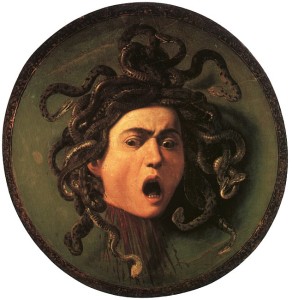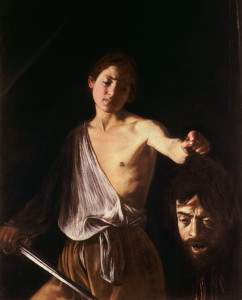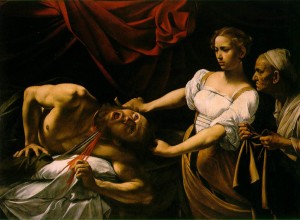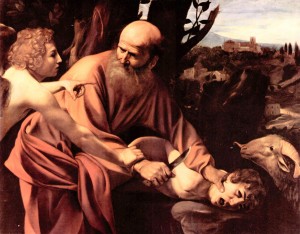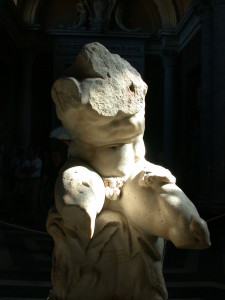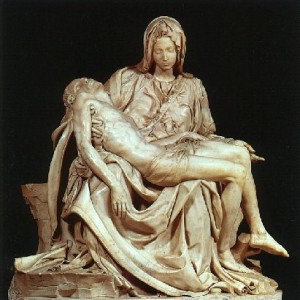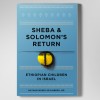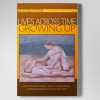Ticho Memorial Lecture
Mimesis of Inner Lives in Western Literature: How We Got Our Ideas About Inner Life.
N. Szajnberg, MD
Slide 1
This paper’s idea first rose with Saul Bellow in 1970. He promised, in our seminar on Joyce’s Ulysses, that the only book of literary criticism I would ever have to read is Auerbach’s Mimesis: The Representation of Reality in Western Literature. Several decades later, to design a course for the Hebrew University, I used this grand text as a loom with which I wove the literary and aesthetics threads of our psychoanalytic fabric: concepts of person, parent-child relatedness, intimacy, development, journey as soul-cure, with a guide for this treacherous journey. Just as Freud turned to an Antique Greek myth to understand a Victorian state of mind; just as Ticho articulated the contributions of German thinking to Freud’s ideas; or, Makari uncovered three nineteenth Century strands that Freud wove together into a new view of the psyche; just as Bettelheim explored linguistic contributions to Freud’s concepts of psyche and eros (Freud and Man’s Sou), so, I will cull selections of Western literature# to examine how and when certain concepts developed, then were consolidated into how we think about inner life.
My method is familiar; I extend what Freud did with the Oedipus story: this myth endures because it captures something fundamentally human through time, particularly in his era. We find such tales compelling precisely because they pronounce something powerfully magnetic, yet often consciously unacceptable in our imaginations and lives. I touch on a few today and suggest that we have assembled aspects of them into what we consider deeply human.
Why Auerbach’s book? Its subtitle could be, “The Representation of Inner Reality …..” For, we learn little about the physical representations of external reality in the Bible or the Christ story. Yes, some narratives tell us about the lay of the land or the sea: Ulysses’ passage through Scylla and Charybdis; Aenius’ haunting the underworld; Dante’s journey through Hell. The beauty, the aesthetic elegance of Dante’s descriptions of the levels of hell can be heard as 1) concrete accounts of real Hell, or 2) imagined Hell, or 3) the spiralling levels of our inner life. But, for Auerbach, the true reality — the more interesting reality — even the reason to evoke landscape, is to grasp matters of the soul and heart. Some literatures are landscape rich (Ulysses, Sheherezade); others are almost barren (Bible, New Testament): both types tell us something about how the writer viewed the world, and hence the characters’ inner worlds. And, Auerbach’s book unveils the development of concepts of inner life in Western literature, opening our thinking about the core of our psychoanalytic investigations: ideas of the unconscious, sexuality, inner conflicts and conflicts both with those whom we treasure and with civilization.
We will discover how over time we have evolved concepts such as bounded personhood and character, how life becomes inner, relatedness and types of intimacy, and life values through Western thought. The ancient stories — Bible, Homer, Renaissance writings, Shakespeare — are not buried, inert. Rather, their archeology remains alive, even enliven us. Though buried, they resonate with something within.# Our developmental model is Freud’s, Piaget’s, Stern’s: layers of development intercalate, particularly as we undergo the tidal ebb and flow of regression and progression during our day … or during the drama. Earlier layers are not simply replaced, but may influence later layers. Like the moon, these dramas bend our emotional tides. As we learn about the evolution of ways of understanding humankind and Weltanschauungen, we learn how they continue to dwell in our minds even as psychoanalysis informs us more fully about why we think and feel.#
In our forty five minutes together, I hope to ignite, catalyze thinking. To present a definitive study of Western literature’s concepts of inner reality in this time would take Mel Brooks, like his History of the World Part I. I can’t speak so rapidly, nor am I so entertaining. I condense my one-year long course at the Hebrew University into a series of amuse bouches, thought appetizers to entice you to feast on Western aesthetics.
Let us suspend our psychoanalytic jargon to permit ourselves to learn the wisdom from ancient texts about our inner lives. We do this in the spirit of Harold Bloom’s Where Shall Wisdom be Found (2004, Penguin). While deathly ill, Bloom sought Wisdom literature. Disappointed in the experts in wisdom, the Philosophers, “lovers of wisdom,” and feeling time-pressed, he re-turned to beloved literature. Why turn to literature for wisdom? Great literature has beauty both in form, and content: great writers charm, seduce, even provoke us into thinking more deeply about living our lives. Rather than exhort — like religions or philosophies — aesthetics engage.
Given our time, I select some of Auerbach’s texts — you will see me leap centuries in single bounds. I skip across eras like a dragon fly, alighting briefly, touching on water lilies whose faces rise to the pond’s surface, yet rooted, they reveal something of what lies below. Listen to each brief excerpt and what we can cull about inner realities from these texts.#

